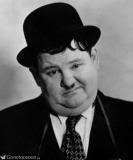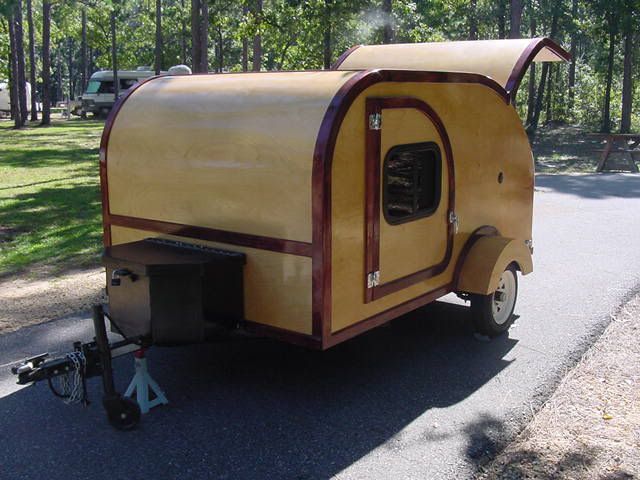How to wire 12v switch?
17 posts
• Page 1 of 2 • 1, 2
How to wire 12v switch?
Just bought some 12v rocker switches. They have three spade connections on the back with no markings. How do I wire these? I was expecting just two connections one for +and one for -.
- BTR22
- Teardrop Inspector
- Posts: 8
- Joined: Mon Aug 29, 2011 9:29 pm
- Location: North Shore Mass
Are they on/off or on/off/on? Also, do not connect + to one and - to the other on any switch. The switch is an interrupter and should be spliced, in most cases, into the positive lead
http://jkcallin.blogspot.com/
"As I wandered, alone, through the endless fields of corn, I could hear the crows. They seemed to mock me, calling out my name, over and over", said Cawe
"As I wandered, alone, through the endless fields of corn, I could hear the crows. They seemed to mock me, calling out my name, over and over", said Cawe
-

CarlLaFong - 500 Club
- Posts: 701
- Images: 5
- Joined: Wed Jul 06, 2011 9:51 pm
- Location: Sunny SoCal






